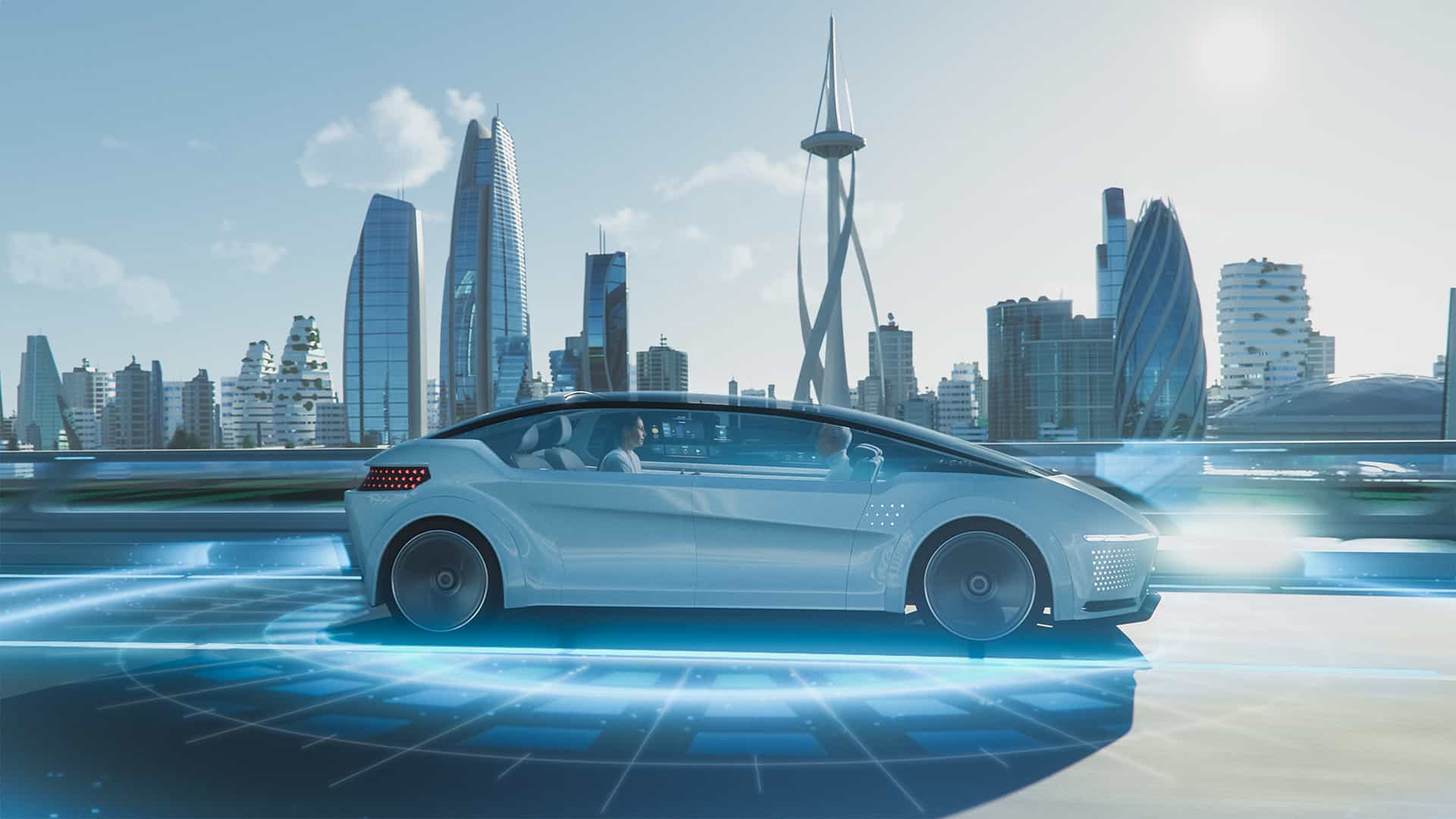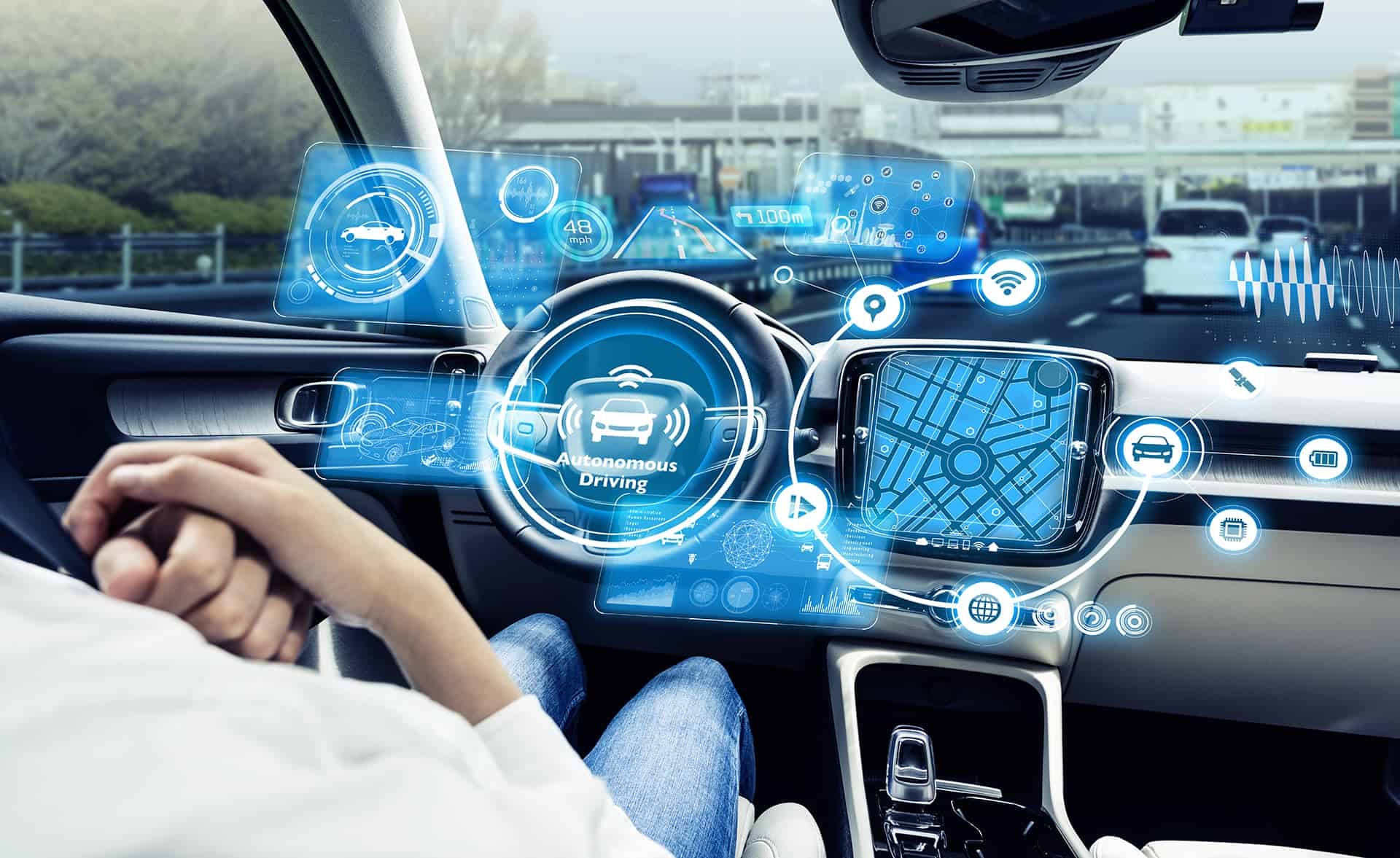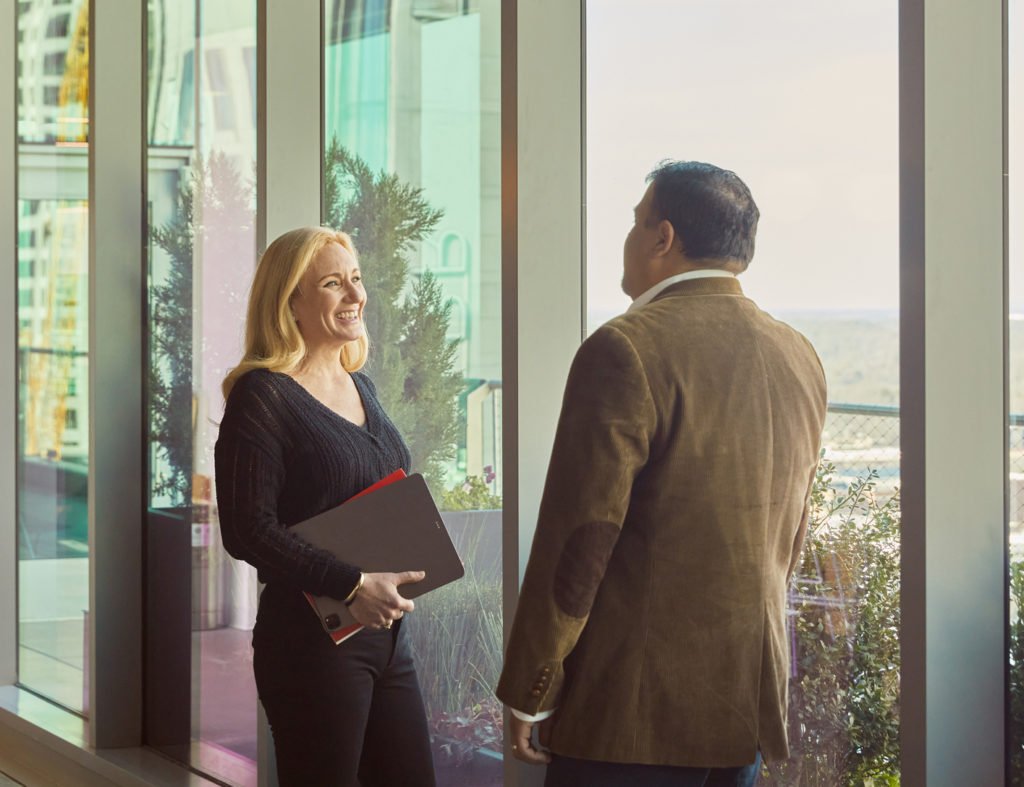Where Automotive, Technology and Retail Collide
On a recent trip with my son to the coast, a trip we made frequently pre-pandemic, it occurred to me how familiar yet different this trip was compared to the others. We ordered every meal ahead of time via an app, did not set foot inside a single dining room, and arrived at our destination in record time. The pandemic has brought to the forefront, re-prioritized, and in some cases advanced a variety of customer touchpoints where the retail industry overlaps with the automotive and transportation industries, such as superefficient drive-thrus, and smart technologies that help find and navigate parking spaces. Auto designs that mimic the home environment. Tech-enhanced public transport solutions for rural areas. Navigation apps that emphasize scenery and delight over speed. And many others.
It goes without saying that the pandemic has fundamentally reorganized, well, pretty much everything. Shopping behaviors, social sensibilities, product delivery, drive-thrus, travel options & priorities, personal time, entertainment and sports, (re)connection with the outdoors…the list goes on.
It’s basically kicked open the door for disruption and innovation on all fronts. Taking this into consideration, along with research and insights commissioned by Little on the topic of Transportation & Architecture, I landed on four potential implications that will undoubtedly have a significant impact on the retail and auto industry.
- REAL STATE IMPLICATIONS: SMALL AND VERTICAL
Retailers are changing their real estate criteria and overall strategy. The value of the drive-thru will mean a re-evaluation of car-accessible sites and an emphasis on site designs that can accommodate off-premise interactions and multiple fulfillment channels, from express drive-thru traffic and third-party deliveries to pedestrian walk-up traffic, and soon, drone delivery. The drive-thru effect can also be combined with the demands for warehousing, distribution and last mile fulfillment, fueling the design of innovative new concepts.
- Think about how ghost kitchens and dark stores could be combined with smaller sites, vertical stacking and robotic systems to create a totally new take on mercantile retail and site design.

- THREE ACES: AUTONOMOUS DRIVING, CONNECTED CARS & ELECTRIC VEHICLES
The race to develop autonomous, connected, electric vehicles continues at a fever pitch, the impacts of which will revolutionize the industry. As self-driven vehicles become the norm, for example, roads will become narrower and parking lots and decks will shrink. In fact, the parking lot will almost disappear completely as access to more efficient and affordable transport options grows. Relatively soon (and relatively speaking), an entire family’s transportation needs could be fulfilled by one automated car; one electric vehicle platform with interchangeable cabin types, from a small city commuter to a vacation SUV or pick-up truck.
- Think about how automated, self-driven EV’s will transform the gas-based convenience industry. What is the future of the gas station, and what will replace it?

- UBER PODS & PARKS: THE EVOLUTION OF MOBILITY AND MASS TRANSIT
The pandemic had a counter-effect on our desire for open spaces and uncomplicated mobility. Self-contained walking distance neighborhoods that are inclusive of work, leisure, and family life gained notoriety, and the conversion of urban streets from vehicular to pedestrian and bike use became a welcomed and desired conversion. Bicycle rides and casual strolls around the neighborhood or park became a new source of escape and normalcy, and people want simple efficient transportation systems to access them.
- Think about a new expectation that combines individual transportation pods for safety and comfort with a mass transit system for efficiency. A transportation pod that integrates a last-mile urban sub-transport; a small unit safe enough to stroll through the park alongside pedestrians and bikers.
- NEW CAR SCENT: OUR CHANGING RELATIONSHIP WITH THE AUTOMOBILE
The proliferation of electric vehicles, the increase of car brands adding EV to their fleet, as well as the adoption of ride-hire, ride-share services and alternative transportation options are changing our relationship with cars and the meaning behind car ownership. Younger Millennials and Gen Z’ers don’t value car ownership as much as previous generations, primarily because the car is no longer a gateway to freedom and mobility. In fact, a recent study conducted in the US and UK revealed that Gen Z’ers overwhelmingly prefer having a phone over having a car.
- As technology removes us from the “driver seat”, how will manufacturers create a desire for car ownership? How will they shift from the “driving experience” to a new set of features and differentiators? Will brands in the middle of the luxury-to-value equation survive?

The recipe for innovation and disruption is set, with these primal ingredients creating new ways to address our evolving needs. The next decade will be fun to watch and experience.
